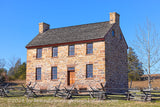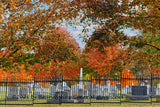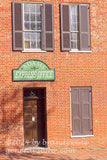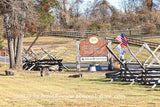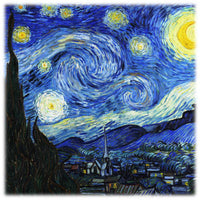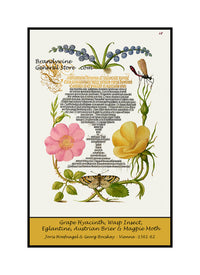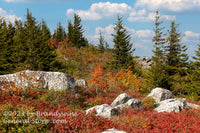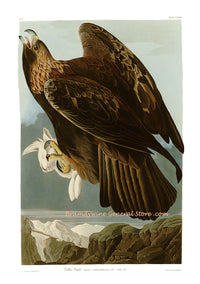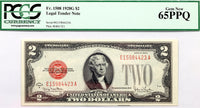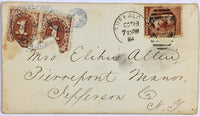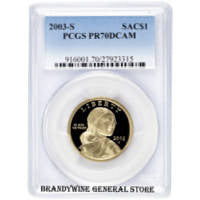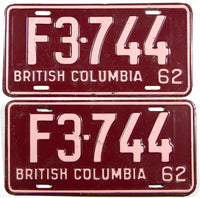Indigo Bird by John James Audubon art print
An archival premium Quality art Print of the Indigo Bird by John James Audubon for sale by Brandywine General Store. Mr. Audubon shows a grouping of these small dark blue and yellow birds setting in a sasparilla tree which is in bloom, the indigo birds are also known as buntings. These were drawn for the ornithology reference book The Birds of America which was published by Audubon in the first part of the 19th century. These small songbirds were plate or picture number 74 in the 1st Havell edition.
Spiza Cyanea - Audubon describes these birds thus "The species here presented for inspection is best known to the Creoles of Louisiana by the name of Petit Papebleu. This is in accordance with the general practice of the first settlers of that State, who named all the Finches, Buntings, and Orioles, Papes; and all the Warblers and Fly-catchers, Grassets. They made an exception, however, in favour of the Rice-bird, which they honoured with the name of Ortolan, an appellation given in the Island of St. Domingo to the Ground Dove, which, however, is seldom seen near New Orleans.The Indigo-bird arrives in the Southern States from the direction of Mexico, along with its relative the Painted Finch, and is caught in trap-cages, but with more difficulty than the latter bird. It spreads far and wide over the United States, extending from the borders of our Atlantic shores to those of our great lakes. It is not a forest bird, but prefers the skirts of the woods, the little detached thickets in and along the fields, the meadows, the gardens, and orchards, and is frequently seen hopping along, or perched on a fence, from which it does not disdain to send forth its pretty little song. I have represented an adult female, two young males of the first and second year, in autumn, and a male in the full beauty of its plumage. They are placed on a plant usually called the wild sarsaparilla. It grows in Louisiana, on the skirts of the forests, in low damp places, and along the fields, where the Indigo-birds are to be found. It is a creeping plant, and is considered valuable on account of its medicinal properties. Audubon bird print #74



